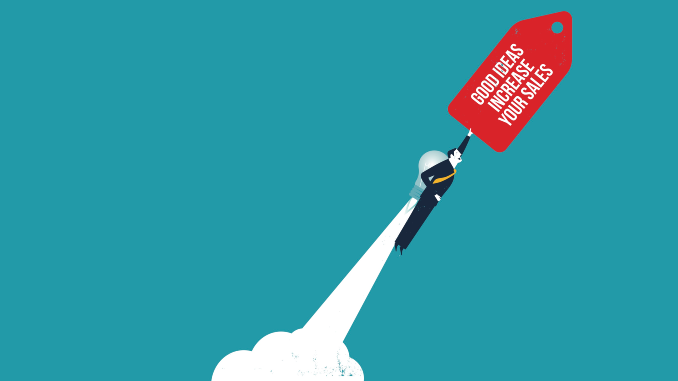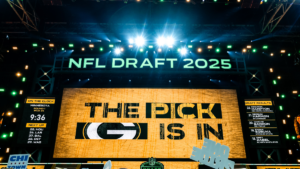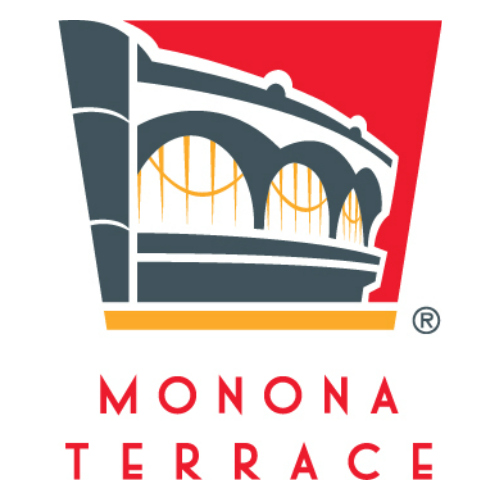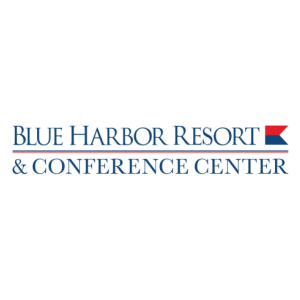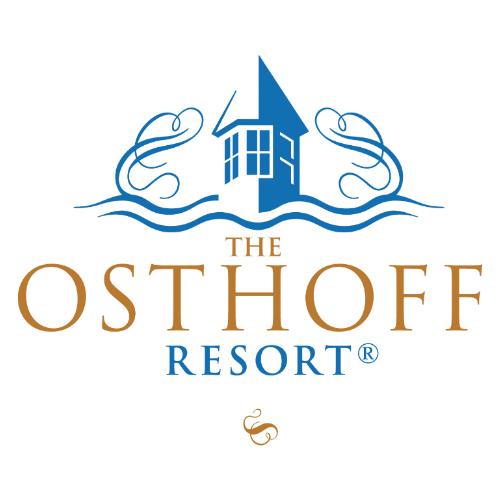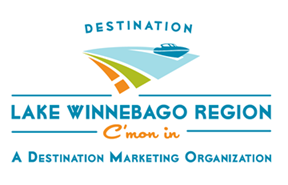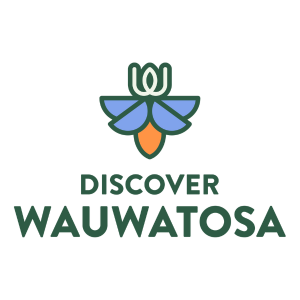How to Supersize Event Sponsorships
04/13/2020
By Greg Gerber
If it wasn’t challenging enough before Covid-19 to financially support your events through sponsorships, it most certainly will be so now as we start to navigate the new normal of meetings and conventions that will eventually resume. Back in the day, it might have been a simple task to sell a banner or ad in an event directory, but now more than ever, selling sponsorships requires skill and persistence to make them attractive to companies being bombarded with solicitations for marketing and promotion—companies that now most likely have smaller budgets than they did just a few months ago.
There are dozens of unique sponsorship opportunities at any event. The key is to use them to connect buyers and sellers in meaningful ways or to expose decision makers to a particular company, product or service.
BRANDED MEETING AREAS
Tifani Jones, corporate director of sales for Kalahari Resorts & Conventions in Wisconsin Dells, helps meeting planners sell sponsorships for unique spaces within the facility.
“In our expanded convention center, we have two areas set aside for pre-function space that include versatile seating areas and lounge spaces off the lobby,” she explains. “Planners sell that as premium exhibit space and they are ideal places for informal interaction.”
By working with venues, planners can form brainstorming partnerships that often lead to creating hybrid events based on what others have done in the past.
“Meeting planners shouldn’t be afraid to ask what types of unique things others have done,” Jones says. “That goes a long way toward not re-inventing the wheel.”
Resorts like the Kalahari often have special areas to use for sponsored events. For example, the resort offers an indoor theme park with 24 bowling lanes for rent. Groups can even rent the arcade or giant waterparks after hours for exclusive events.
“Groups can reserve the area for a few hours after the parks are closed to the public. That enables a fun opening reception or unique activity for all event participants to enjoy,” says Jones. “Events can sell sponsorships to buyout the space for an exclusive event at which food can be catered as well.”
Venues will even rename rooms or activities after a sponsor with additional signage to draw attention to the space, like the Visa Pool Party or the Pepsi Exhibition Hall.
STRATEGIES FOR SELLING SPONSORSHIPS
Clark Sell is the founder and organizer of THAT Conference, an independent event connecting software professionals and companies invested in the tech space, but not considered “tech companies” per se.
He says the key to developing mutually beneficial sponsorships is to understand what motivates a company to get involved in the event. The motivation generally falls into four categories:
- Branding — Either reinforcing a well- known brand, introducing one to a new audience or fixing a tarnished brand to regain credibility with key customers.
- Recruiting — Seeking to hire more staff.
- Sales — Appealing to a group to buy a firm’s products or services.
- Support — Companies that like the event and want to invest in making it a success.
PRICING FACTORS
Determining a fair price for a sponsorship is based on two key factors — number of attendees and the type of participants.
“If your conference attracts corporate-level decision makers as the main participants, you can command much higher prices by creating opportunities for a firm to interact with those executives,” says Alan DeYoung, sales and marketing director for the Wisconsin Emergency Medical Services Association (WEMSA).
For 35 years, WEMSA has orchestrated an annual conference that attracts firefighters, EMTs and paramedics from all over the state. WEMSA partially funds the event through sponsorship sales to 40 to 50 different organizations that pay between $250 to $25,000 to support the conference.
DeYoung has always bundled sponsorships into platinum, gold and silver packages, but he recently began offering unique sponsorships to help pay for specific activities or keynote speakers.
Selling packages works to gain support from firms looking for exposure and outreach. They’re happy to sponsor an event attracting 5,000 people because it keeps the firm’s name or logo in front of key constituents.
However, when seeking big dollar sponsorships, a unique, personalized proposal works best. Individual sponsorships give companies more attention than just being able to say, ‘We’re the gold or silver sponsor.’
“Companies are looking for more meaningful ways to connect with potential customers than just scanning a badge and sending a follow-up email after the conference,” DeYoung explains. “They’re looking for ways to connect personally with people that go beyond the 30 seconds a person stands in a booth.
“If a company caters to instructors, then sponsoring the speakers lounge gives the firm an opportunity to connect with trainers,” he adds. “It’s also a more casual interaction than engaging in sales talk all the time.”
Sponsoring a lounge must go beyond renaming the room or putting up a sign. The sponsored area needs refreshments so people can grab a coffee or a soda as they check out a new product.
“Most decision makers are being barraged with messages to buy this or buy that. Attendees want a different type of interaction with companies, and lounge sponsorships make it easier to facilitate those conversations,” says DeYoung.
KNOW SPONSOR AUDIENCE
Before pitching for support, learn about the audience your sponsors want to reach. That is the most time-consuming aspect of selling these opportunities, says DeYoung.
“You really need to know who their ideal customer is based on titles, level of education and other demographics,” he explains. “So, if a company is interested in just reaching people from Wisconsin, but you attract people from all over the country, the firm is less likely to step up and pay for a major sponsorship.”
Exclusivity can influence price, too. Creating a reception open only to corporate-level executives and allowing just one company to sponsor the event will fetch a much higher price than one open to anyone with multiple sponsors, says DeYoung.
Some firms will pay more to get in front of 100 fire chiefs, while other firms will pay more to get in front of 1,000 firefighters. Knowing the audience helps planners secure better sponsorships.
For example, if a firm’s goal is to sell 10 ambulances, then a planner can bundle a package offering a booth next to one of the buffet lines, set up an ambulance in the paramedic’s lounge and include a brochure of the new model in the welcome packet.
“You can easily invest an hour putting together a decent proposal,” he adds. “But, at the same token, you can command more money by taking the extra time.”
COMPETITIVE AWARENESS
Sell always monitors what happens at similar events around the country to see what they do to attract and retain sponsors.
“I want to know where we sit in relation to other events because the bucket is only so big for firms sponsoring multiple events,” he explains. “We must deliver value at our conference that sponsors can’t get anywhere else.”
Event timing is important. Many firms set their promotional budget a year in advance. So, if planners solicit sponsorships in April for a September event, the companies likely allocated their money last December, he explains.
That scenario creates problems for Clark because he does not have a full-time staff and most members of his team have other jobs that make it difficult to make calls during business hours.
“I solicit each sponsorship personally and seek introductions through networking to meet face-to-face with the right person to tell our story and better understand the sponsor’s needs and problems. That works better than a cold, informal transaction.”
RETURN ON INVESTMENT
Vendors need a return on investment to justify the expense of sponsorship, and they validate that by the amount of direct touch with potential clients. So, creating activities that allow sponsors to meet and speak directly to customers is important, says Sell.
“Some companies can afford to spend millions of dollars for naming rights to a stadium. But, for others spending $10,000 to sponsor an event may be a significant budget item,” he explains.
It’s not enough to give sponsors a list of attendee email addresses. The event must make it easy for sponsors to meet, communicate and exchange contact information with attendees.
“We accept fewer sponsors at a higher investment on purpose,” Sell explains. “We want a more engaging environment. So, we might take 30 to 40 sponsors rather than 80 to 100 just to have more authentic, intimate interactions among participants.”
He also gives preferential treatment to companies involved in the community and the event already as well as to those who put time into helping plan the event.
“Firms that see sponsorship as a multi- year investment rather than a onetime cost often find their benefits compound exponentially,” says Sell. “Our community sees those types of sponsorships as being more genuine because the companies interact with our audience all year, not just during the four-day show.”
The bottom line is that sponsorships must ensure firms can connect with the right people.
“If people buying tickets aren’t happy, then sponsorships don’t matter because people won’t attend the event or return next year,” says Sell. “As an event, we need to be doing the right thing to deliver value for attendees and facilitate sales for sponsors.”
5 CREATIVE SPONSORSHIP IDEAS
Take a Picture. Attendees like to take pictures — and they enjoy sharing those photos online. Make photo taking easy by selling sponsored photo booths or photo walls that you place throughout the venue. Opt for branded Instagram frames, product-related props and themed backdrops for photo posing opportunities (and sponsorships). Don’t forget the hashtag. You want sponsors to see the photos in use.
Swag Bags. Remember the bags full of cheap toys and trinkets that you once lugged home from birthday parties? Well, attendees love goodie bags as much as kids do. You can entice sponsors to put their logos on giveaway bags or to donate unique and usable logoed gifts for the bag.
Brand the Venue. Sell sponsorships to put branded skins over windows, brand specific areas within the venue, or put the branding on screens advertising the event on hotel televisions or outside meeting rooms. The sky really is the limit. You can sell sponsorships wherever attendees will be.
Rest, Relax and Recharge. Sell sponsorships for stations where attendees can rest, relax and recharge. Attendees always need a place to sit down, check their emails or recharge their phones. Ask companies to sponsor smartphone recharging stations, seating and provided water at designated areas of restoration, then put their logos everywhere, even on the water bottles.
There’s an App for That. An event app provides a personalized experience for your attendees. Tech-savvy attendees expect them. Cover the costs of your event app by selling sponsorships on it. Your sponsors will thank you for the granular data the app yields about event attendees.

